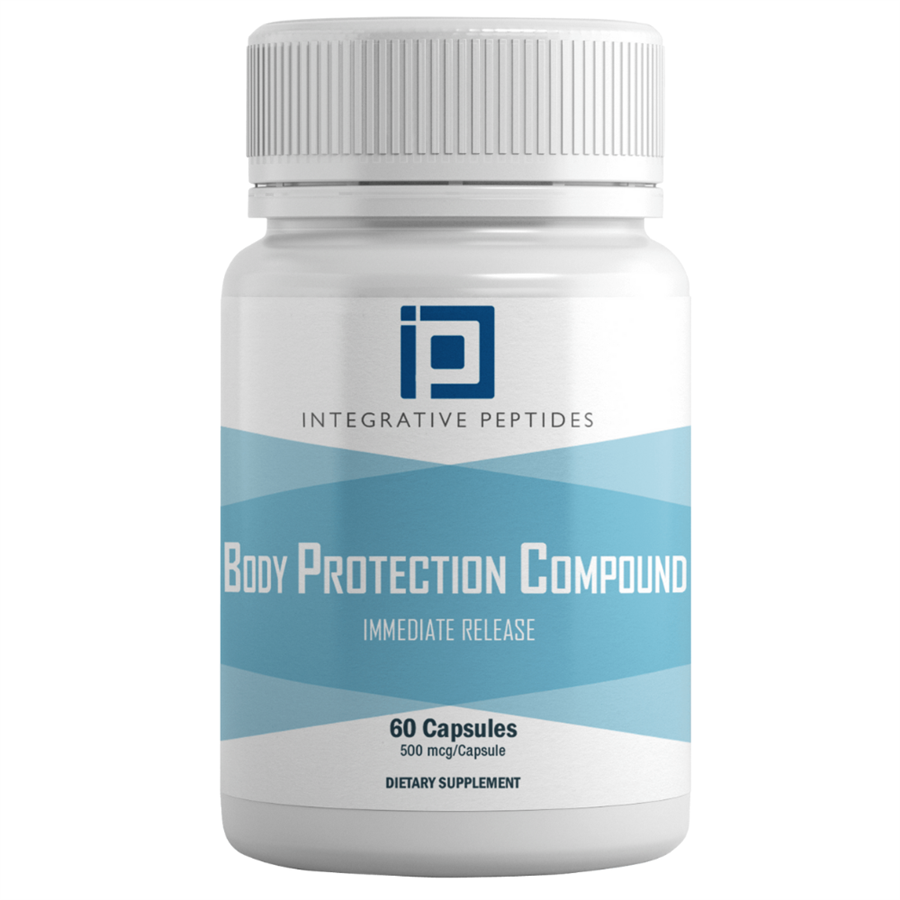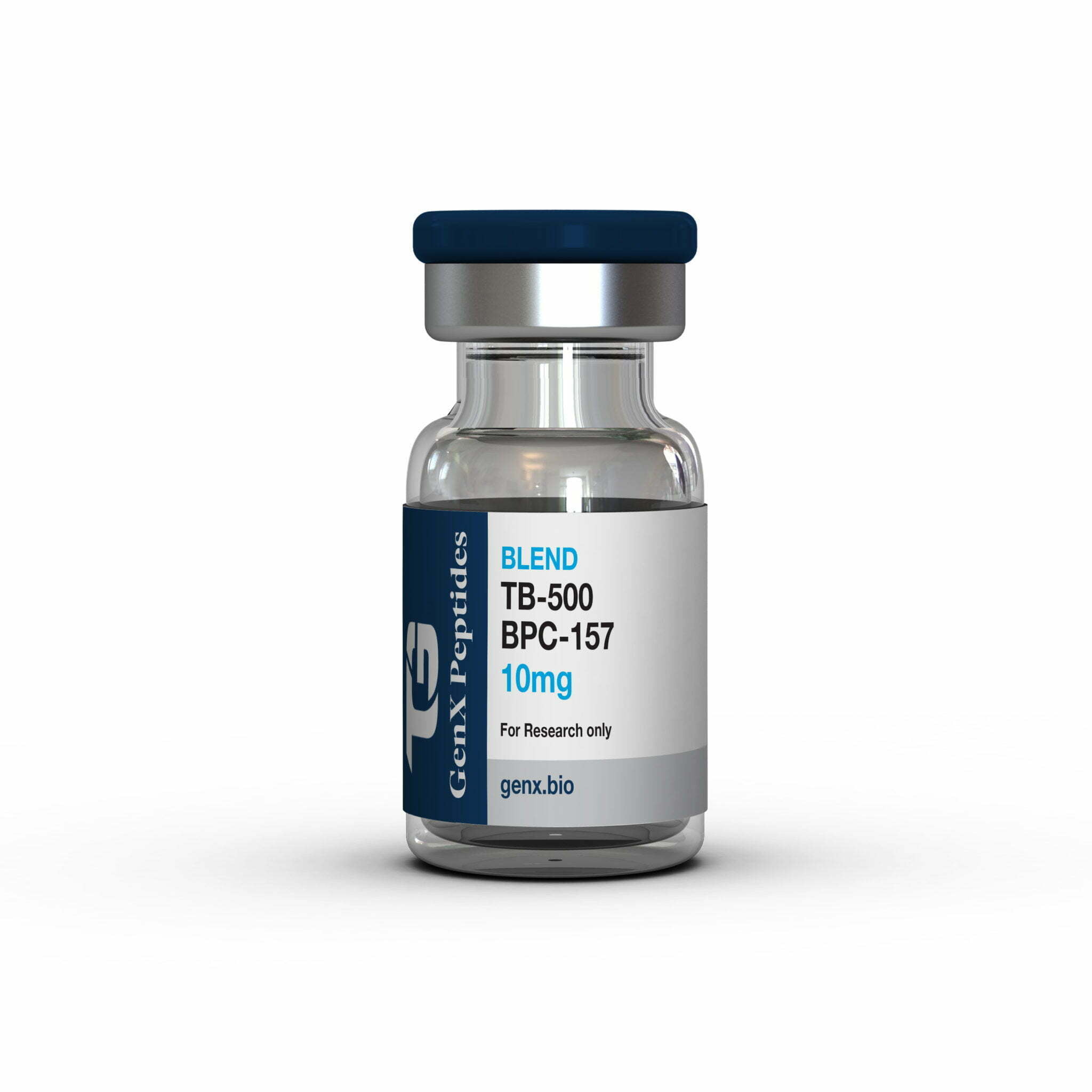Exactly How Bpc-157 Works In The Body The other way around, when the lesions are absent/abrogated, they clearly illustrate the healing effect of BPC 157 and a disturbed adverse training course. Additionally, as BPC 157 treatment additionally works in advancement, the properly reactivated azygos capillary path and boosted functioning of the combined inferior caval capillary and left exceptional caval vein may resist even higher intra-abdominal high blood pressure (25 mmHg˂30 mmHg˂40 mmHg˂50 mmHg) and long term intra-abdominal pressures increases (25-- 120 minutes). There were no lethal end results despite the irreversible maintenance of high intra-abdominal stress (note that abdominal area disorder with a continual level of 25 mmHg might be deadly within 1 h (Strang et al., 2020)). This advantageous result implied that, with much more extreme intra-abdominal high blood pressure, BPC 157 rats still showed regular tiny presentation of the heart. Generalized edema and congestion (a, b, c, d) with a raised number of karyopyknotic cells were discovered in the cerebral cortex (a, b) that was dramatically different from the cortex location in BPC 157-treated rats (A, B). In control rats, intracerebral hemorrhage was discovered in infratentorial space (d), primarily in cerebellopontine angle/area (c) with generalised edema and congestion of central nerve system, while no hemorrhage (C) and just moderate edema was discovered in cured pets, mostly at 50 mmHg intra-abdominal stress (D). ( HE; magnifying × 200, range bar 100 μm (a, A, b, B, d, D); magnification × 100, scale bar 200 μm (c, C)). Body-protective substance (BPC) 157 demonstrates protective impacts versus damages to different body organs and cells. For future medical applications, we had actually formerly established a solid-phase synthesis process for BPC157, verified its biological task in various injury models, and completed preclinical security evaluations. This research study aimed to investigate the pharmacokinetics, discharging, metabolic process, and circulation accounts of BPC157. It is feasible that BPC 157 may affect voltage-gated sodium channels (VGSCs), which play a major role in the generation and proliferation of action potentials in primary afferents [67] HUVEC, HaCaT, and NIH 3T3 lines were obtained from the American Type Culture Collection. HUVECs and NIH 3T3 cells in Roswell Park Memorial Institute (RPMI) 1640 and HaCaT in Dulbecco's Minimum Essential Medium (DMEM)/ F-12 tool were cultured in the suggested media supplemented with 10% fetal bovine product (FBS) and preserved at 37 ° C in a humidified atmosphere with 5% CARBON DIOXIDE. In general, given that the beginning, the rats that went through esophagogastric anastomosis without medicine experienced a very extreme program (as evaluated till post-operative day 4) that would become lethal (at post-operative day 5). These rats had fairly little gastric lesions (Number 1) compared to severe esophagitis sores (Table 1) and poor anastomosis (constantly small water volume that could be received prior to leakage) (Number 2). Taking into consideration the esophagus at the website of the anastomosis (Number 3) and pyloric sphincter (Number 4), the pyloric stress seems to be a lot more damaged (constantly reduced pyloric sphincter pressure) than the esophageal stress at the anastomotic site. The esophageal stress was at first substantially reduced that the reduced esophageal pressure in normal rats; nevertheless, on the fourth day, the esophageal stress approached to that values.
Pets
Subsequently, we observed that this useful result, after straight injury (irreversible ligation) related to a couple of significant vessels, might quickly oppose even more general damage (conserved intra-abdominal high blood pressure, either high (quality III) or very high (grade IV)), as all blood vessels which can be compressed with enhanced intra-abdominal pressure. As a result, a "bypassing vital," i.e., a triggered azygos blood vessel as a saving pathway, staying clear of both the lung and liver and likewise noted in Budd-- Chiari syndrome (i.e., suprahepatic occlusion of the inferior caval blood vessel) (Gojkovic et al., 2020), combines the inferior caval vein and exceptional caval vein via direct blood distribution. Hence, activated azygos vein shunt might rearrange blood flow and promptly attenuate the consequences of kept high intra-abdominal pressure, both peripherally and centrally. With the applied treatment (i.e., 25, 30, 40, or 50 mmHg intra-abdominal high blood pressure), there was a normal downhill chain of occasions, despite the type of anesthesia (i.e., esketamine, as ketamine is an antioxidant (Xingwei et al., 2014) that might give an extra prolonged survival duration than thiopental). The stomach wall compliance threshold was gone across mechanically, without any more stretch of the abdominal area; this boosted intra-abdominal pressure, compressed vessels and body organs, and rose the diaphragm as a fixed definitive outcome (Depauw et al., 2019).Information Availability Declaration
- If you or someone you like has been struggling to heal from an injury, BPC 157 may be worth thinking about as component of your therapy strategy.BPC 157-treated rats showed a couple of karyopyknotic neuronal cells in the examined neuroanatomic frameworks.It might additionally be of clinical relevance as a systemic and regional peptide treatment for crush injury of a major muscle, such as gastrocnemius muscle facility.Venture right into a world where science fulfills recovery, discovering the tricks of BPC-157, a compound stealing the limelight for its restorative capabilities.This peptide, a sequence of amino acids, has actually been murmured amongst researchers as a cornerstone in sophisticated healing therapies.
Bpc 157 Peptide Bpc 157 Review, Side Effects, Dosage, Cycles, Before And After Results - Outlook India
Bpc 157 Peptide Bpc 157 Review, Side Effects, Dosage, Cycles, Before And After Results.
Posted: Tue, 08 Aug 2023 07:00:00 GMT [source]

Does BPC 157 rise HGH?
BPC 157 dose- and time-dependently raised the expression of development hormone receptor in ligament fibroblasts at both the mRNA and protein degrees as gauged by RT/real-time PCR and Western blot, specifically.
